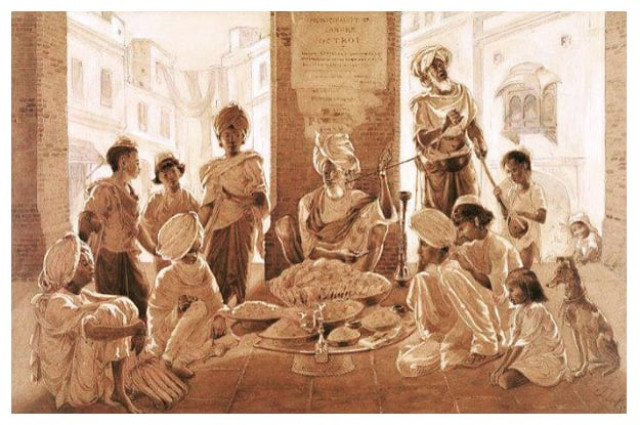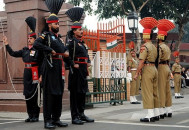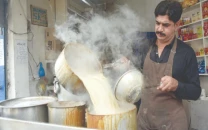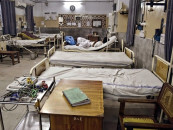Art education: The British educator who loved Indian art
Scholars shed light on John Lockwood Kipling’s life and work

Scholars shed light on John Lockwood Kipling’s life and work. PHOTO: fb.com/National-College-of-Arts
She was addressing a seminar on Kipling’s contribution to Lahore and art in the subcontinent at the National College of Arts. Researchers discussed the impact of Kipling’s ideas on craftsman in the area. They said his ideas were reflected in the Mayo School of Art, established by him. Khan said Kipling valued Punjab’s history and association with art. “He frequently took his students to visit monuments. One of his favourites was the Wazir Khan Mosque,” she said. “He encouraged students to study patterns and designs on these buildings. Though he was a British educator, his aesthetic relied on indigenous traditions,” she said. Commenting on Kipling’s contribution to education, she said the Mayo School had been established for the working class.
“Masons and painters were top priorities for admission to the school,” she said.
Textbooks developed by Kipling for the school were also discussed at the seminar.
Khan said Kipling had a deep understanding of the needs and learning methods of his students.
“The textbooks used illustrations and instructions in Gurmukhi, Urdu and English. Kipling wanted his students to understand English as well so they could access more literature,” she said.
Khan said later text books produced for crafts borrowed heavily from Kipling’s work.
“Not only did they use multiple languages and the same illustrations but their layout and terminology were also the same. Kipling was the only one who was able to successfully establish and run an arts institution in the region,” she said concluding her discussion.
Shaila Bhatti, an associate professor at the NCA, spoke of Kipling’s lasting contribution to arts in the region.
She said work produced by Kipling’s students at Mayo School was at times commissioned by the Kensington Museum.
“This gave the school legitimacy. It dispelled his anxiety that the school would be viewed as merely a government office or a workshop,” she said.
She said Resolution 239 passed in 1884 showed the first time the government had shown interest in assessing and intervening in art education.
Other papers focused on Kipling’s contribution to the city of Lahore and the relationship between Kipling and his star pupil, Bhai Ram Singh, the designer behind Aitchison College, the Lahore Museum, Governor House and the Mayo School of Art itself.
Participants of the seminar said Kipling had played a vital role in reviving historical crafts indigenous to the subcontinent and adapting them to modern needs.
His instruction at the Mayo School, established in 1875 laid the ground work for new generation of craftsmen. The school eventually became the National College of Arts.
The event was organised by the British Council and Lahore Museum in collaboration with the Victoria and Albert Museum in London. An exhibition will be held next year at the museum displaying works by Kipling.
Published in The Express Tribune, January 22nd, 2016.



















COMMENTS
Comments are moderated and generally will be posted if they are on-topic and not abusive.
For more information, please see our Comments FAQ